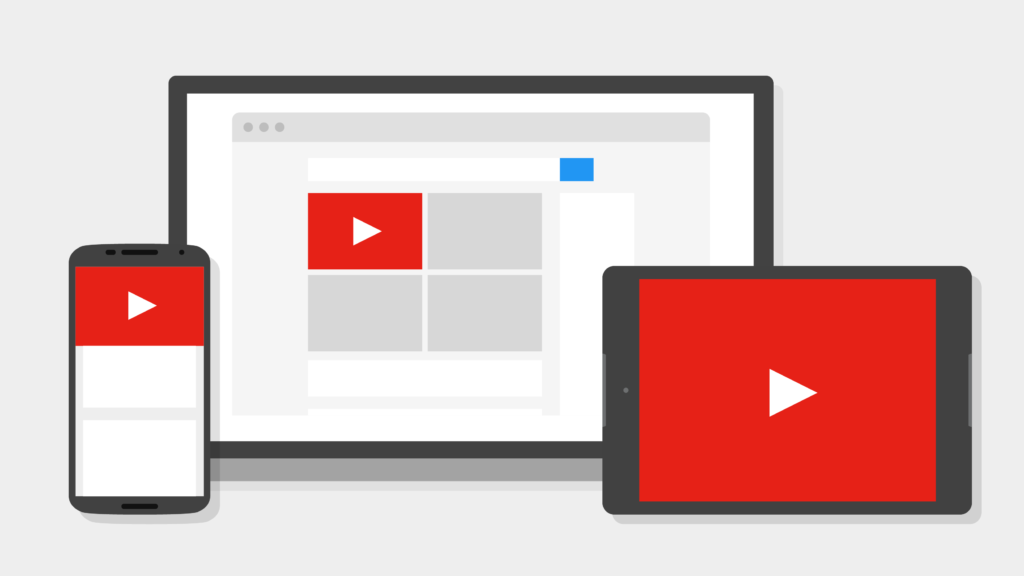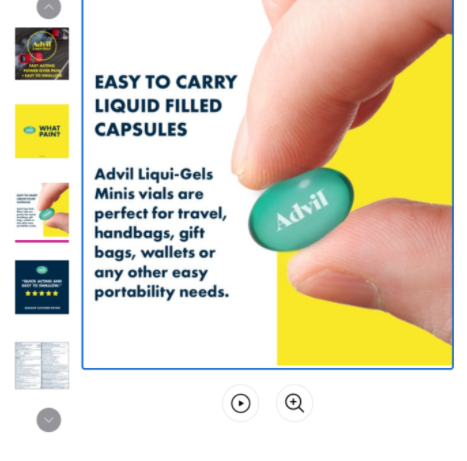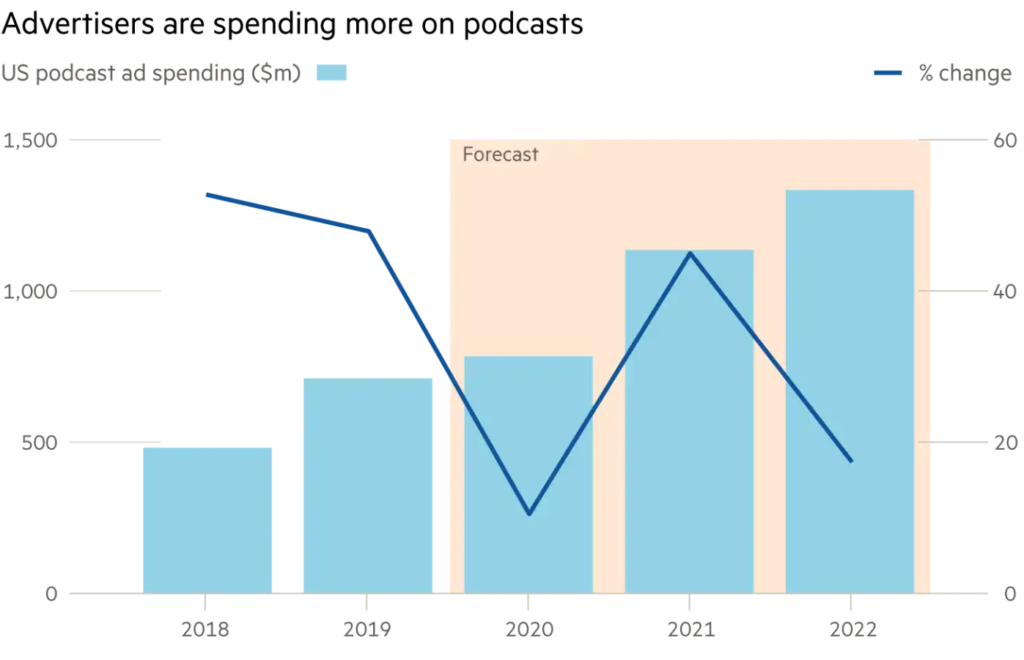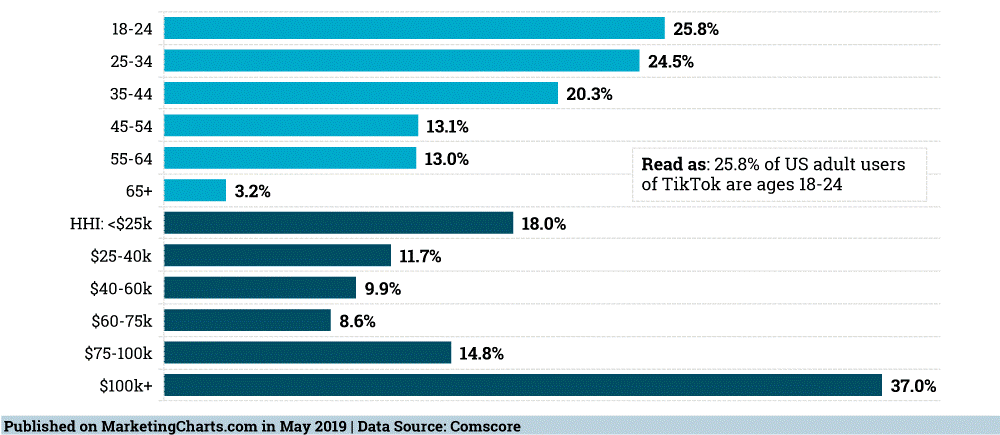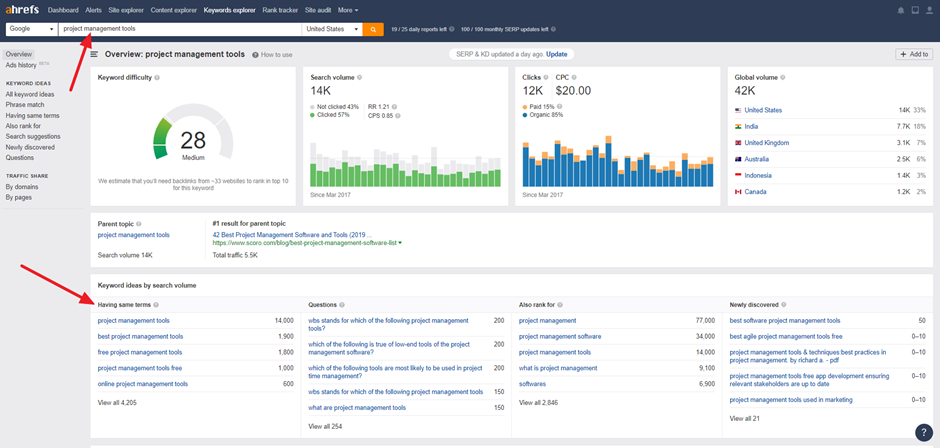If you are a YouTube creator looking to move up in the ranks on the platform, this article is certainly for you. It is a useful guide for raising awareness and exposure. Follow along to see how to rank higher by taking advantage of YouTube SEO.
Let’s Define YouTube SEO
Like any well-built platform, YouTube SEO is designed to optimize a creator’s channel, playlists, and videos to receive a higher ranking than others in organic search results. As a creator with a channel, you can take these steps to gain more viewers.
These Are Your Key YouTube SEO Tips
Now that you’ve seen how YouTube SEO works, let’s look into some of the best practices to follow when creating videos to post. We’ve covered the key elements that will really help you SEO ranking soar.
Name the Video to Fit With a Target Keyword: It’s important to use targeting keywords that have substantial search volume to keep your content discoverable on YouTube. While YouTube doesn’t have full keyword research in its built-in analytics, you can use third-party platforms to find that additional information.
Make the Keywords Fit Naturally: Many users rely on the title of videos to decide if they want to watch, so it’s vital to put fitting keywords in each title. The subject of your video should be compelling enough to click, and it should be clear to the viewer what it entails.
If the video poses something completely different than the title, the viewer will likely exit it and harm your ranking.
Take Control of Your Video Description: The character limit for a video on YouTube is 1,000 characters. Make sure to use this amount to your advantage. Be detailed and concise to get your point across and hit the main keywords.
Don’t forget to add a CTA and helpful links, which can convince the viewer to do even more.
Tag the Video With Corresponding Keywords: Even the platform’s Creator Academy reinforces the need to tag your videos with popular keywords. The tags will be used to understand the content as it correlates with these kinds of tags. It will then be suggested to people associated with the video’s target market.
Make Sure to Categorize Your Video: This action can be completed under “Advanced Settings.” Select a category that is closest to your video’s subject matter, so it’s entered into the right playlists and given exposure to the right people.
The best way to tackle categorization is to ask yourself how each category performs well and how it was discovered by previous viewers.
Upload Custom Thumbnail Images: 90% of thumbnails are actually made custom for viewers rather than freeze frames of a part of the video.
Viewers look at thumbnails and titles first, so it’s a major factor in deciding if the video is worth watching. Make the image represent the vibe of the video. Accent the appearance with color and the right amount of text.
Utilize SRT Files: Subtitles and closed captions have the power to boost YouTube SEO if the right keywords are present. Make sure to enter transcript text directly for videos that use the auto-sync method.
You can also limit the text by visiting and editing the display in “Video Manager.”
Finish It Off With Cards and End Screens: The white, circular icon with an “i” that appears in the corner of on-screen text boxes are called ‘cards’. There are six types to choose from, and you can add up to five of them in on video:
- Direct viewers to another channel with Channel Cards.
- Raising funds for a non-profit? Use a Donation Card to make it easier.
- Get support for the content with fan funding.
- Link cards help point viewers to external merchandise sellers or crowdfunding platforms.
- Poll cards allow viewers to answer a question and vote for the response.
- Link to other YouTube content with video or playlist cards.

